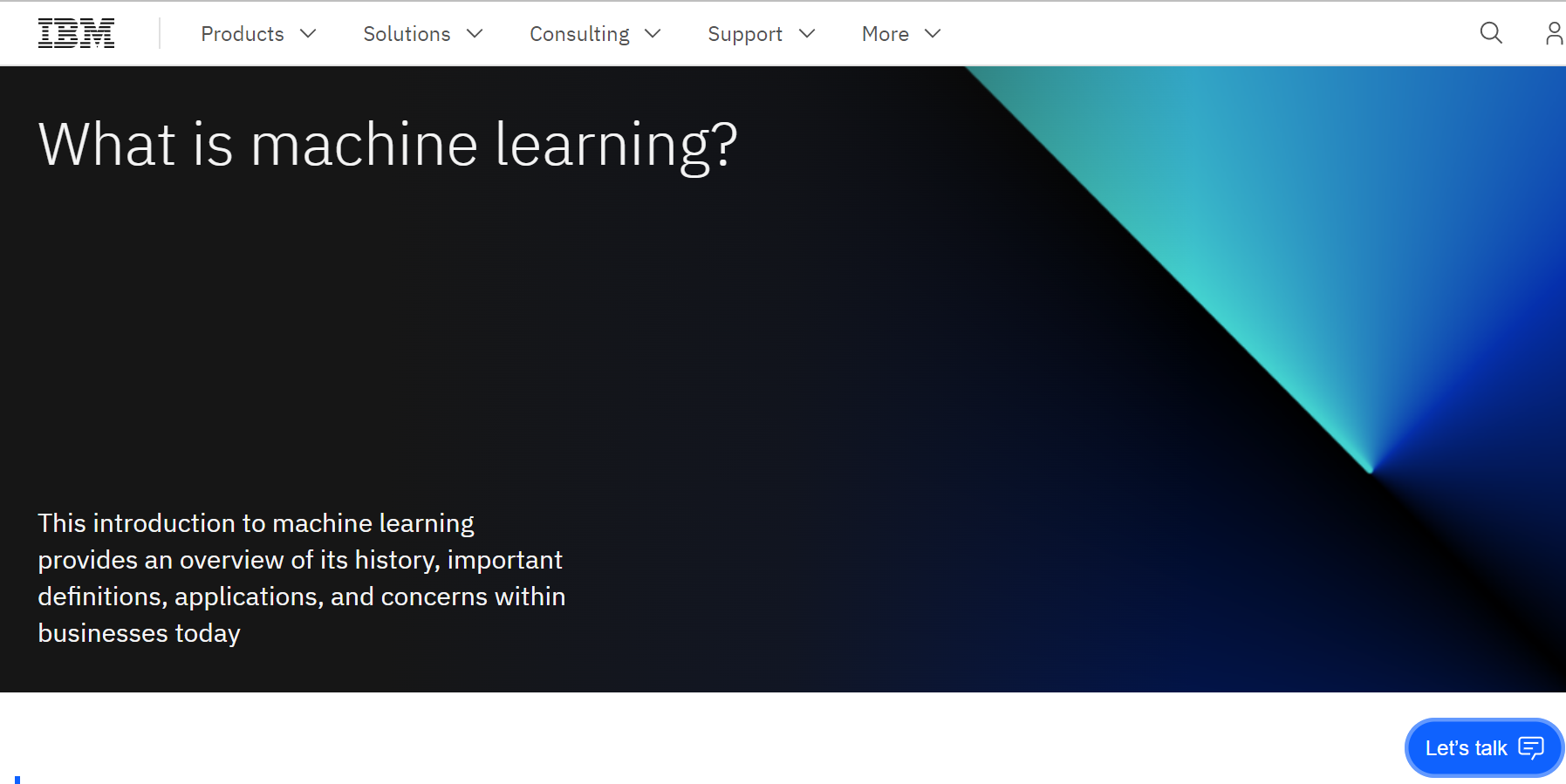Machine Learning
Machine learning is a subset of AI, where algorithms are trained to mimic human learning capacities and derive predictions, insights and analysis from datasets.
On this page you’ll learn about machine learning in four quick sections. Here’s a rundown of what to expect👇🏽
-
We’ll start off with just enough to help you demystify machine learning: We’ll explain three key types of machine learning and set you up with 10 buzzwords to learn (so that you can start using them in conversation!)
-
What can machine learning actually be used for? There are wide-variety of use-cases for machine learning for diagnostic support in under resourced hospitals to disaster prediction. We’ll outline some key use-cases to help you navigate machine learnings potential.
Once you’re explored different uses, jump into stories from our pilot portfolio, where they’re testing machine learning in the field.
-
Evidence is at the heart of the Frontier Tech Hub, and we’ve collated insights from our portfolio and thought leadership from FCDO Pioneers in this section. Dig into our research to look deeper at how machine learning can be used within FCDO programmes.
-
More resources, however you like to consume. We’ve created a playlist of podcasts, reports, articles and videos to continue your journey. There’s something for everyone.
Types and Buzzwords
At its simplest, we can understand machine learning as the use of data and algorithms to mimic the ways humans learn. One of the key aspects of human learning is generalisation. We are taught to identify patterns in a set of examples. and then apply those patterns to form conclusions about unseen examples.
Machine learning algorithms operate in a similar way, learning from a training set of correctly labelled data how to label unclassified data. Note this only describes one type of machine learning, see to the right to learn the different types.
As the capability of machine learning algorithms becomes increasingly complex. we are going to see it being used as a tool to solve increasingly difficult challenges. At the FCDO funded Frontier Technologies Hub, we’ve begun to explore the wide range of applications of the technology to solve these challenges. We’re beginning to explore how its flexibility, and increasing sophistication make it a key tool we have for progressing on goals within international development,
3 types of machine learning
Supervised learning involves training an algorithm on a labelled dataset, where input data is connected to a correct input. When fed unlabelled input data, the algorithm generalises from its training set and learns to identify correct outputs.
📧 Example: Consider a database of emails in one column and another which labels those emails as “spam” or “not spam”. When the algorithm is fed this information, it learns to identify emails as belonging to either category and can then filter incoming emails as belonging to either category.
Types: Classification (described above), regression
Unsupervised learning involves feeding an algorithm unlabelled datasets which are then organised by different features of the data. The algorithm performs exploratory analysis by identifying relationships between the data, without the need of human intervention.
🛒Example: Suppose an algorithm is fed data on different customers for a shop. It could be able to determine specific clusters - groups of customers with similar attributes - which can then be identified and labelled by a human afterwards. In this way the algorithm learns to make connections between the data, without the need of a labelled training set.
Types: Clustering (described above), association, dimensionality reduction
3) Reinforcement learning involves feeding an algorithm input data and having it randomly produce an output. It then receives either a positive or negative signal on the basis of that output. Using this feedback it iterates its responses, gradually increasing its accuracy to correct outputs.
🐶 Example: Imagine you are feeding an algorithm a picture of a dog or a cat. The algorithm will then identify which animal it thinks the picture is of, and a human could send a positive signal when it is correct, and a negative one when it isn’t. Through this process the algorithm gradually learns to correctly identify the input data.
If you’re completely new to machine learning, we would recommend taking these three quick steps first
Watch this short animation to get clear on the basics of machine learning
Read this introduction to the different types of machine learning
Explore this webpage explaining how machine learning works with some key applications
Master 9 key buzzwords
Three last things before we move on
📺Neural Network In 5 Minutes | What Is A Neural Network? | How Neural Networks Work
Understanding neural networks is the best way to appreciate what people mean when they say ‘machine learning mimics the functions of the human brain‘ watch this short video to find out more
(5 minute watch)
📺 Computer Scientist Explains Machine Learning in 5 Levels of Difficulty | WIRED
Machine learning can be a daunting topic to approach without a background in computer science. Dig into the different levels of complexity in machine learning in this video.
(30 minute watch)
🎶A reality check on AI-driven medical assistants
Machine learning has been integrated into various parts of the healthcare system. This podcast, explores the interaction between machine learning and traditional healthcare systems.
(14 minute listen)
Functionality
What is possible using machine learning?
Explore stories from the pilot portfolio, testing machine learning in the field
Insights from the Hub
Resources we’ve created from insights gathered across the Hub
Trends in Frontier Tech: Machine Learning innovations in South Asia
Pilot Story: Artificial Intelligence for TB (AI4TB)
Machine Learning for Road Condition Analysis Part 2: “No-surrender Deep Learning”
Data Analysis and Control
“When it comes to climate change, machine learning can help on both mitigation and adaptation sides.”






















